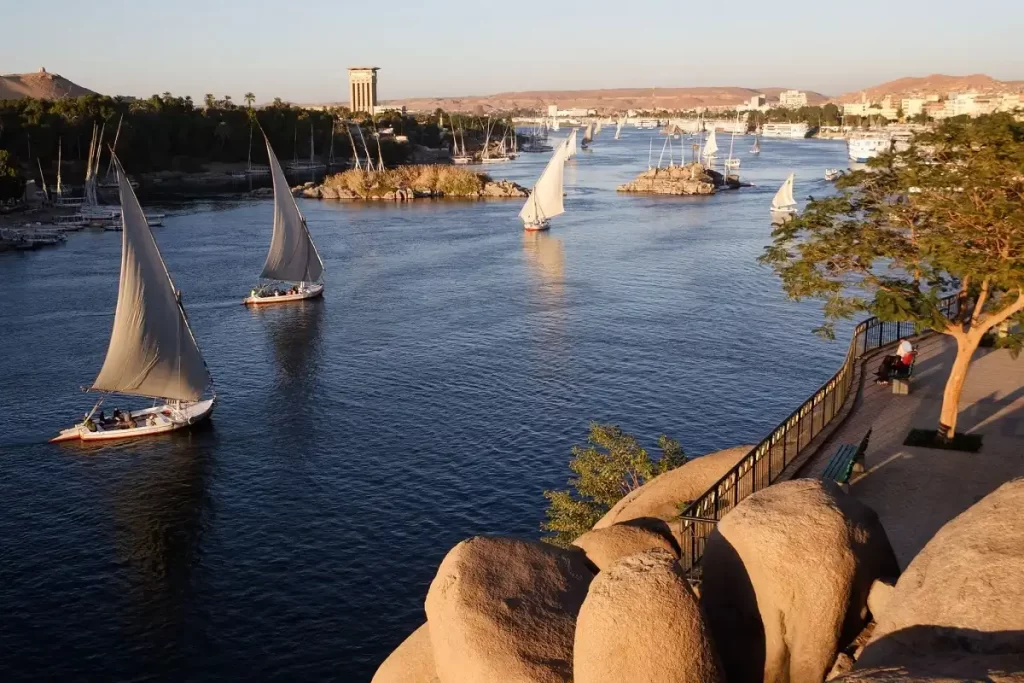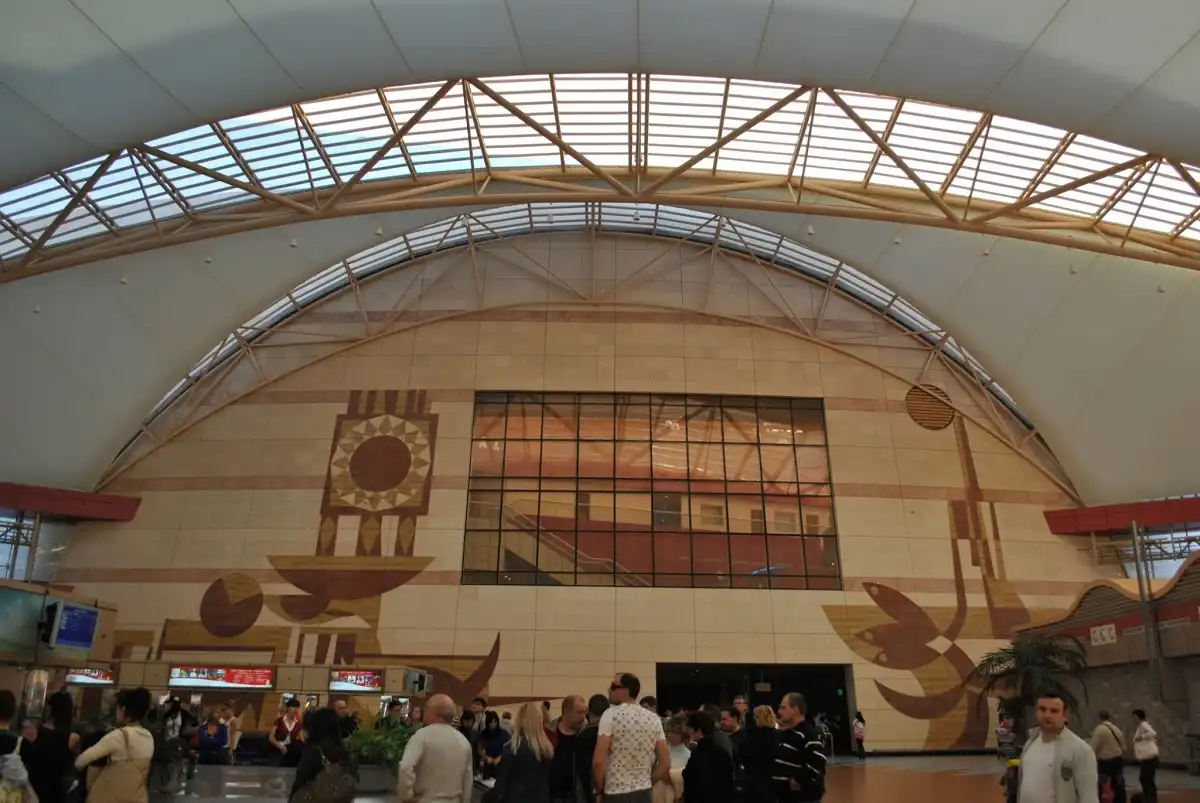
Aswan
[ez-toc]
Aswan Overview
Aswan is a divine treasure full of amazing attractions that recount legends of legendary gods and monarchs from antiquity. This site aims to provide all the information and facts about the fabled city of Aswan to every traveller. A team of expert and knowledgeable tour operators, tour guides, historians, and travel advisors who are well-versed in the culture, history, allure, and magnificence of Aswan wrote this article. There are other cities in Egypt, but only Aswan can truly capture the rich history and authentic culture of Egypt.
Aswan Facts
Aswan is the main entry point to southern Egypt, which is home to a variety of exceptional and fascinating archaeological sites, including crocodile island and elephantine island, which served as a trade route between the south and the north for ancient African civilizations like Ancient Egypt. In antiquity, it served as the country’s southern front line and was where Egypt’s Nubian culture originated. Since Egypt’s founding, Aswan has played a significant role in its history as the primary supplier of priceless building materials including limestone, quartzite, and granite due to her rich environment. Due to the numerous sites that are situated within her arms and that provide a wealth of information about prehistorical ancient times, it is often regarded as one of the most important and beautiful towns in the world. With a population of 1,568,000, Aswan is a well-known big tourism city. The city is included in the network of UNESCO creative cities under the heading of folk art and craft.
Aswan’s Location
Located in Upper Egypt is Aswan. At the foot of the Nile Valley, 220 kilometres (137 miles) south of Luxor and 890 kilometres (553 miles) south of Cairo. The city has a hot environment all year round. It looks out onto Elephantine Island, which is now Aswan Island and is home to the ancient city of Yeb’s remains. It is the largest city in Upper Egypt and the third largest city in Cairo. Above Aswan, the Nile River is just under 650 metres (0.40 miles) broad. More than 1,200 km (750 mi) of the river flow without a cascade from this frontier town to Egypt’s northernmost point. After the construction of the Aswan High Dam, the geographic makeup of the city changed in some areas, nearly causing the flooding and destruction of numerous magnificent temples like Abu Simbel and Philae Temple in the 1960s. However, thanks to UNESCO, the temples were saved and relocated in one of the most difficult rescue missions in the annals of modern architecture. The city continues to mysteriously draw attention even in the modern era.
Climate of Aswan
The average summertime temperature in Aswan ranges from May to September up to 40 C (104 F), while the average wintertime temperature ranges from October to March up to 23 C. Aswan has one of the driest, warmest, and sunniest climates on earth and is typically quite humid (73.4 F).
Aswan’s History
Aswan was first known as “Swenett” during the time of its founding, which was more than 4500 years ago, and then as “Swan” or “Sonu,” which means market. The city was situated on the primary trade route between the southern land and Egypt, which was the main supplier of gold, ivory, and many other commodities. The people of the city were deeply religious, worshipping the god Khnum (the deity of the Nile’s source), who was eventually superseded by the god Isis (deity of protection magic). The city supplies enough stones for the construction of numerous megastructures, including pyramids and obelisks. It served as a commercial hub for convoys travelling to and from Nubia. a hub for the armed army that had a unique function in the conflict with the Hyksos. The Roman era saw the construction of numerous temples, like Philae Temple, to revere and worship Egyptian mythology and deities. Since the temple is devoted to the Goddess Isis, a representation of maternity and leadership, Philae got its name from the Greek term Philo, which means loving or love.
Aswan Tourist Attractions
The tourist attractions in Aswan are highly unique because they give visitors a comprehensive understanding of the extensive history, mythical context, and artistic expression of the ancient Egyptians at that time. Ramses II built the Abu Simbel temple in 1244 BC to preserve his legacy, commemorate his victories, including the decisive victory at the Battle of Kadesh in 1224 BC, and to demonstrate his dedication to the four gods Amon, Ptah, Re-Hor-Akhty on February 22 and October 21 during the sun festival. The Philae temple, another well-known landmark, was converted into Isis’ place of worship in 690 BC.
The huge Hatshepsut Unfinished Obelisk is one of the most well-known relics, and on the Nile’s coast is the temple of Kom Ombo, which was constructed between 332 and 395 BC to honour Sobek, the Nile God. The fact that the temple of Edfu is the home of the sky god Horus and the scene of the conflict between Horus and his evil uncle set also draws attention to it.
The Monastery of St. Simeon, Tombs of the Nobles, Aga Khan Mausoleum, Fatimid Cemetery, Kiosk of Qertassi, Temple of Khnum, and many more are just a few of the hidden and distinctive sites in Aswan. The Romans, Turks, and British all used Aswan as a garrison post on the boundary. Many old temples temporarily became churches as Christianity quickly expanded throughout Egypt in the fifth century, followed by the innovation of Islam, which led to Aswan’s rise to prominence as a major centre of learning in the sixth and seventh centuries.



